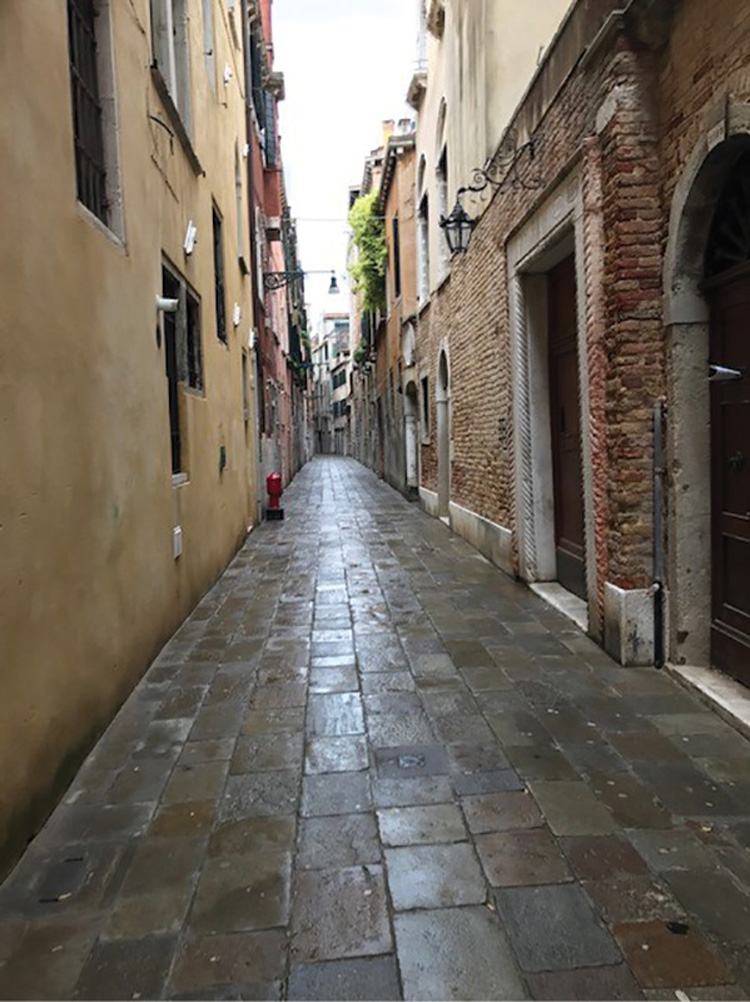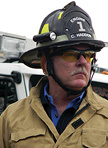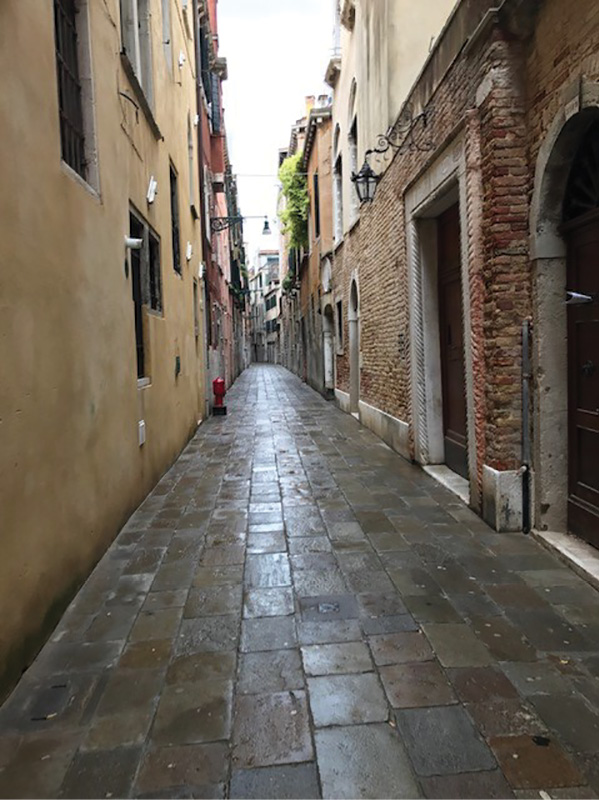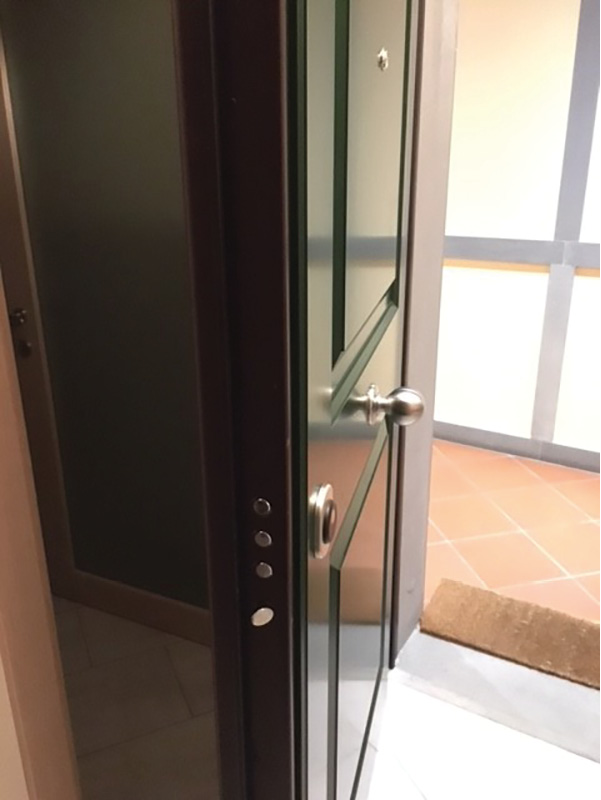
TO THE RESCUE CARL J. HADDON
As this year draws to a close, my Sky Miles account shows me that I’ve flown in excess of 97,000 miles in 2017.

I’m proud to say that all of those miles were flown for teaching and emergency response and fire service consulting work all over the world. I share this with you because if you don’t have an opportunity to work with firefighters and first responders in other countries (and even other states that often seem like other countries), it’s hard to understand just how good we have it as American firefighters. Regardless of whether you’re volunteer or career, simply stated, we are blessed—and perhaps a bit ignorant.
One of the best parts of this facet of my job still (after almost 35 years in service) is that I always learn far more from those I’m hired to teach than I could ever offer in any of my classes. A mentor of mine told me that happens because I am “a student of my craft.” Are you a student of your craft, or are you content with just having a job as a firefighter? Either way is fine. However, this article is geared toward those interested in continuing to learn more about our craft and then sharing what we’ve learned with others.
DON’T HAVE ALL THE ANSWERS
One of the many things I have learned as a result of being able to teach (and learn from) firefighters in other countries this year is that the American fire service doesn’t have all of the answers—or certainly not all of the “best” answers. Countries like China and Vietnam have firefighting challenges that range from extremely urban to extremely rural, the likes of which we Americans might not even be able to imagine. By working with firefighters in these countries, I have been able to not only share our American way (which many countries crave to know about) but, in so doing, I’ve been able to see some of the wild innovations and technology that they employ to conquer the challenges that they face. I encourage you to research things like typical firefighting apparatus used in China and Vietnam. Also, check out events like the firefighting trade shows in these countries to see what their versions of FDIC International look like.

Many of these firefighting challenges are shared by other countries that have histories much, much older than that of ours here in the United States. Imagine architecture and building construction that range from modern day to buildings constructed in the 13th century—all in the same city! It is hard for us to wrap our heads around it. I worked in the cities of Florence, Rome, and Venice, Italy this fall. Italy is a classic example of where firefighters have daily encounters of “old and ancient meet new and modern.” High-rise state-of-the-art hotels sit side by side with buildings and artwork from Michelangelo, Da Vinci, and others. Streets in old Italy have sidewalks that are 24 inches wide and made of irregular cobblestone, and most streets are only wide enough for a single small passenger vehicle. Many side view mirrors have been torn off here. As I walked and lived in these neighborhoods, I was astounded at how fire apparatus could possibly navigate at all, let alone within an acceptable response time. Typical American-made fire apparatus would never be able to navigate these streets.
The home we rented was very typical for the area in old Florence. The entrance to the building consisted of two 18-inch doors (only one of which opened) and opened immediately to one of the narrowest, steepest staircases I’d ever climbed to the second floor. Thinking about being geared up with self-contained breathing apparatus and having to advance hoselines into these buildings gave me pause. On the flip side of this equation is the new construction location where friends stayed in the same city and that contained security features that reminded me of something resembling a bank vault—electronic security gate, hardcore security doors, and door lock systems that would give the best of the best American forcible entry instructors absolute fits. “Blue Door” props look like “country wooden screen doors” compared to some of the door systems I saw in Europe. I wondered how we would gain entry to a dwelling like this for a patient. It certainly wouldn’t be by way of my tried and true irons.

BRINGING IT HOME
Curiosity and want for preparedness drove me to find the answers to some of these questions. The answers I found not only educated me but also allowed me to take these new lessons learned home and use bits and pieces of them to enhance some of our methods and tactics. Don’t get me wrong, not everything has changed, and not all of those things that have changed in our industry are for the better. I do believe, however, that it is up to us as professionals to strengthen our muscle memory through training on what we already know and realize that we have to broaden our viewpoint for the future. Nothing makes this more evident than in the area of vehicle rescue.
The world of vehicle rescue and extrication forces us to stay on top of our game. The way vehicles are now made and what they are made of have created a whole new way of thinking about approaching extrication. Safety systems and features built into today’s tough new vehicles are fantastic for the consumer who is driving these cars. But, what about when we show up on scene after a wreck involving a new-vehicle-technology car? How knowledgeable are we about the new and ever-evolving safety and accident avoidance systems? Do we know what safety systems have deployed and which haven’t because of the wreck? Do we know which of these same safety systems can now deploy more than once? Most importantly, do we know which of these safety systems posed serious threats or risks to rescuers? Are we confident in how our rescue tools will or won’t react when tasked with these very hard new metals in today’s tough cars? And, how do we deal with the fire challenges presented by the latest lithium ion battery technology found in these new cars?
Our future is destined to be filled with things powered by lithium ion batteries. We’ve all seen and heard about the hoverboards and phone batteries that burst into flames. How much do you know about lithium ion battery fires, the characteristics of these fires, and what it takes to extinguish them?
There are lots of new and innovative training, products, goods, and services available to help us deal with these challenges and many others. How much research, testing, and training you do (or don’t do) will determine whether or not you are a student of your craft. Contrary to the beliefs of some, none of us know all that there is to know about the world of firefighting and technical rescue. Be a student of your craft. Be part of the solutions. Otherwise, you’re simply part of the problem.
CARL J. HADDON is a member of the Fire Apparatus & Emergency Equipment editorial advisory board and the director of Five Star Fire Training LLC, which is sponsored, in part, by Volvo North America. He served as assistant chief and fire commissioner for the North Fork (ID) Fire Department and is a career veteran of more than 25 years in the fire and EMS services in southern California. He is a certified Level 2 fire instructor and an ISFSI member and teaches Five Star Auto Extrication and NFPA 610 classes across the country.

